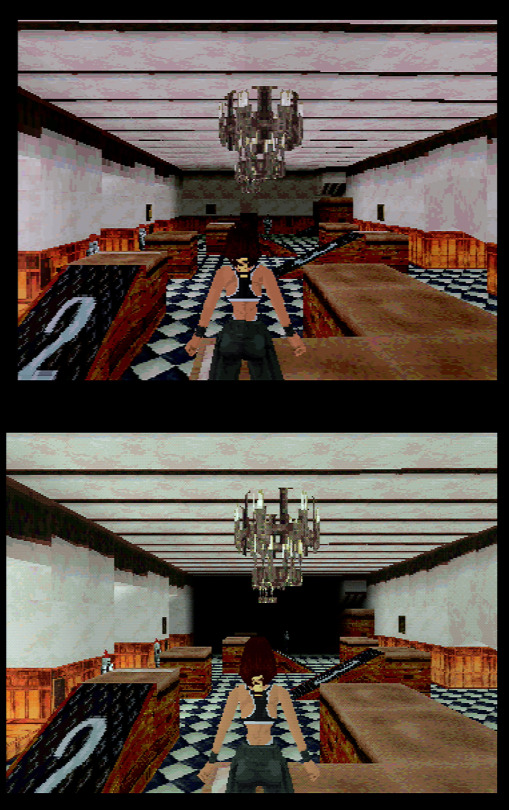RetroGamingUK
Member
One aspect that's not been compared yet are the controllers.
While I've got a lot of love and nostalgia for the Saturn I have to say I'm not a fan of the controllers
The triggers don't really feel clicky unless pressed in the middle and the overall ergonomics don't feel right, the back is flat and there's nothing to grip your remaining fingers to. The thing always gives me cramp after an hour. The MegaDrive style Dpad is great mind you.

The PlayStation (I only have the DualShock) controller, on the other hand, feels very comfortable. Handles are thicker than the 1994 controller and it just moulds to the hands. Even the shoulder buttons being raised on stalks feels right. No cramp whatsoever for prolonged play. D-pad doesn't feel as nice as the Saturn though.

While I've got a lot of love and nostalgia for the Saturn I have to say I'm not a fan of the controllers
The triggers don't really feel clicky unless pressed in the middle and the overall ergonomics don't feel right, the back is flat and there's nothing to grip your remaining fingers to. The thing always gives me cramp after an hour. The MegaDrive style Dpad is great mind you.

The PlayStation (I only have the DualShock) controller, on the other hand, feels very comfortable. Handles are thicker than the 1994 controller and it just moulds to the hands. Even the shoulder buttons being raised on stalks feels right. No cramp whatsoever for prolonged play. D-pad doesn't feel as nice as the Saturn though.

Last edited:












